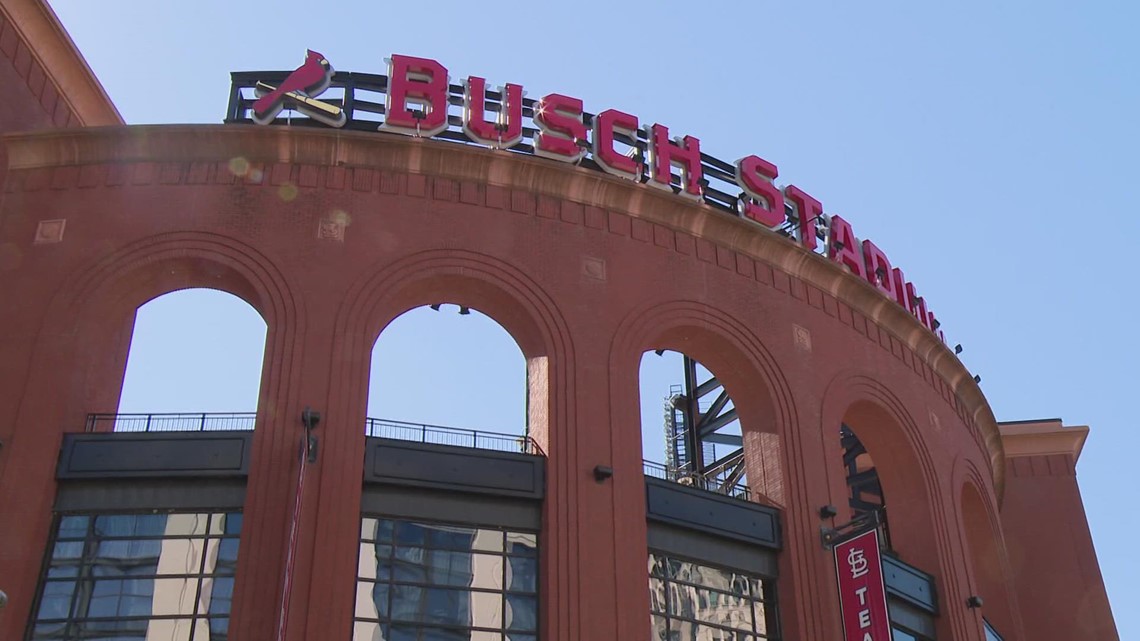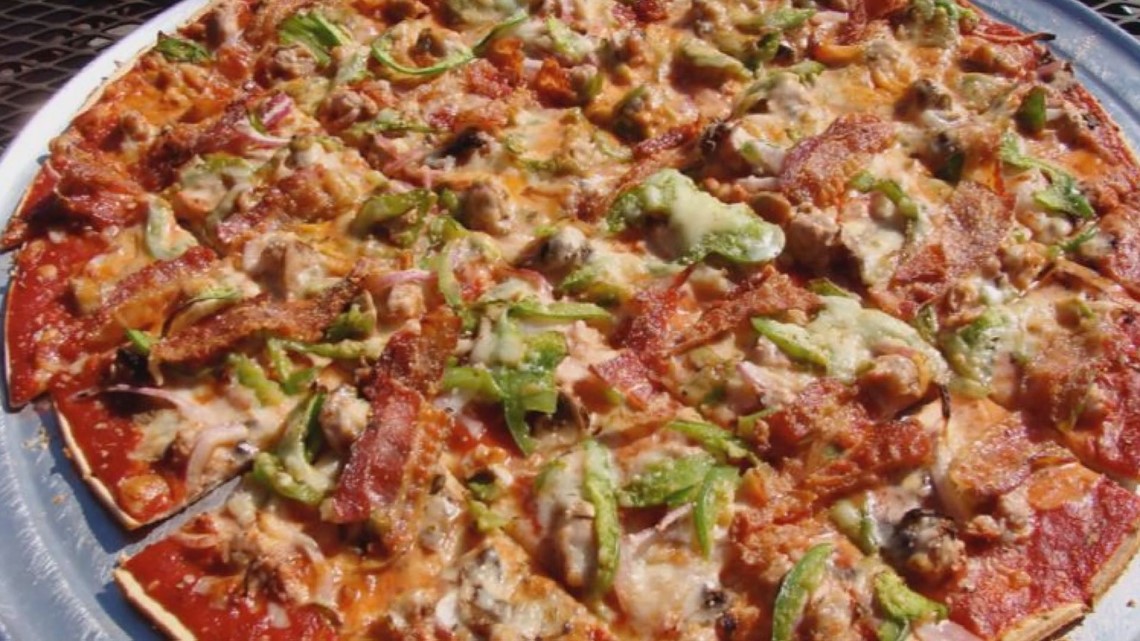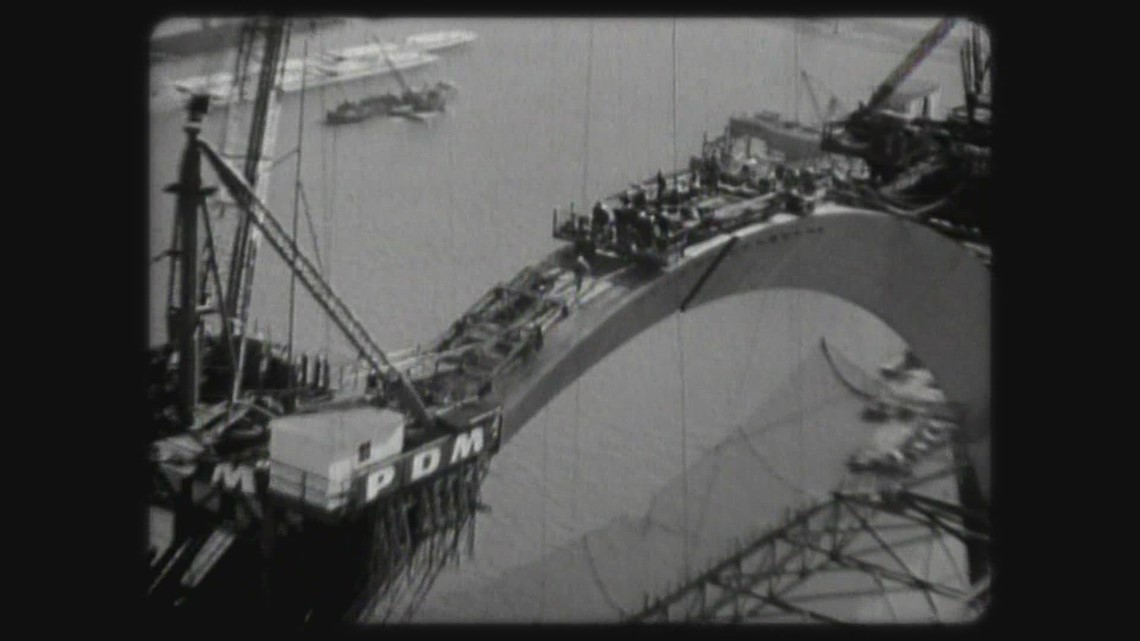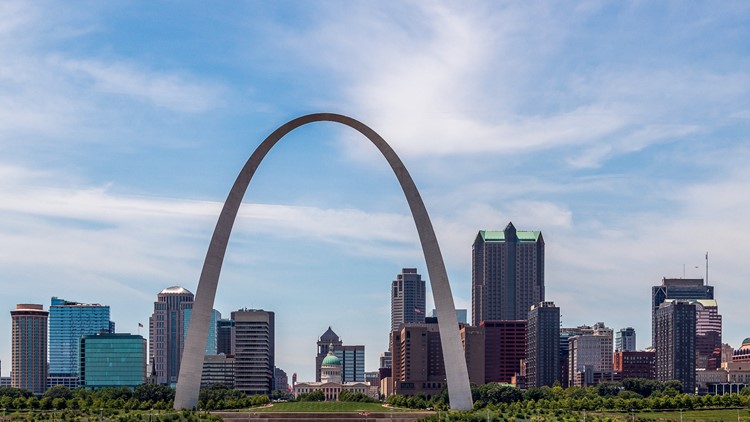ST. LOUIS — Thinking about visiting St. Louis this summer? There are so many places you can go and things to do! Not to mention the new things you can learn and fun you can have at little to no cost!
Here are five things you need to know and historical fun facts about “The Lou” if you’re a tourist.
Free museum, zoo and parks
The Saint Louis Zoo, Saint Louis Art Museum, Saint Louis Science Center, Missouri History Museum, St. Louis Kaplan Feldman Holocaust Museum, and more are all free to visit.
The St. Louis Walk of Fame, Budweiser Brewery Experience, and Third-Degree Glass Factory are also free.
The historic Forest Park, City Garden, Laumeier Sculpture Park and other places to visit at no cost. For a full list of places, click here.
We're big sports fans
The St. Louis Cardinals baseball team and St. Louis Blues hockey team run the town!
If you plan on visiting St. Louis, then you have to grab tickets and Cardinal gear for a baseball game at Busch Stadium in Ballpark Village located in downtown St. Louis.


The team was renamed the Cardinals in 1900. Years later, the team was bought by Anheuser-Busch, Inc. President August A. Busch. For more information about the Cardinals’ history, view the MLB timeline here.
To plan ahead, Cardinals' game schedule and ticket information are always available online.
The St. Louis Blues is another team you can check out if you aren’t much of a baseball fan.
The Blues won the Stanley Cup at St. Louis’ Enterprise Center for the first time back in 2019. This win was one of the greatest moments in Blues history.
The city is now also home to the St. Louis City SC soccer team and the XFL Battlehawks.
It's the home of provel and Bread Co.
St. Louis is known for all the provel! We’re talking, provel cheese! According to quintessential St. Louis pizza chain Imos Pizza, instead of mozzarella cheese topping traditional South St. Louis style pies, their new chef chose to use provel cheese.


And did you know that the nationwide coffee and pastry brand, Panera Bread Co., originally began in 1987 as St. Louis Bread Company?
According to the company, the shop was once a “humble community bakery founded with a sourdough starter from San Francisco and a dream of putting a loaf of bread in every arm.”
And by the way, when you visit St. Louis, the restaurant is called by its original name, not Panera. For a full list of shops in town, click here.
E-scooters, rideshare and MetroLink takes you everywhere
Electric scooter company Bird returned to St. Louis this year, bringing back more than 50 scooters to downtown sidewalks. But there are new limits to the e-scooter program, including:
7 a.m.-7p.m. curfew.
Slow max speeds.
Scooter/bike limits in one area.
Technology to prohibit large group rides.
18+ rider age limit.
You can also take the MetroLink, which has stops near Busch Stadium, the City Museum, the zoo and more. To search for the nearest station, click here to use Moovit, mobility service product for cities and transit agencies.
The city also allows Uber and Lyft rideshare services to operate in the area to help people get around. Just download the Uber and Lyft app on your phone or other digital device and book a ride.
Costs can range between $8-$50 depending on time of day, the number of drivers available and the distance of travel.
Rich history of city neighborhoods
According to the city, the Soulard neighborhood is named after Antoine Soulard, a politician who sought refuge in America amid the French Revolution of the late 1700s. Years later, the land in the area was actually gifted to Antoine for his service during a time when America was expanding.
The first people to settle in the area were French, according to the city, which is why much of the city including Soulard features French-like architecture, symbols and style likened to New Orleans, Louisiana. Immigrants from all over the world, including Syria, Hungary, and Italy, eventually moved into the area to live.
Now, the area features more than just French roots but also tradition, festivals and markets. Mardi Gras and Soulard Farmers Market are only a fraction of what the historic neighborhood has to offer.
Just blocks away, the Central West End is located west of downtown St. Louis right in the middle of Forest Park and St. Louis University.
According to the Central West End Association, more than 10,000 people live there and about 30,000 people are employed by the nearby medical district.
“The mixed-use district along Euclid Avenue is popular with locals and tourists. Iconic griffin-adorned lamp posts, cafes and tree-lined sidewalks add to the CWE’s pedestrian-scaled amenities and attractions,” according to the neighborhood association.
Don’t forget the famous people who have lived there: Newspaper publisher Joseph Pulitzer, Albert Bond Lambert and Dwight Davis are just to name a few.
More information
St. Louis Gateway Arch serving more than 18 million riders in 25 years
Built to withstand earthquakes and high winds, St. Louis’ 630-foot Gateway Arch provides a 30-mile view across the Mississippi once you reach the top using an tram.
According to the National Park Service, the internal tram system featured inside of the monument was built from a design by Dick Bowser, who invented the mode of transportation in only two weeks. He combined the idea of an elevator with a Ferris wheel and created a series of individual pods, similar to a train, where visitors can be seated and taken to the top.
There are eight small pods, 5 feet in diameter, that are open in the front and closed in the back, in two trains. About five seats are in each pod, which rock back and forth like a Ferris Wheel while traveling to the top of the Arch. Each of the trains carry more than 30 people with a round-trip wait time of less than 10 minutes.
The ride to the top is less than five minutes as you gaze out of a small window. Once at the top, there is an observation area with more than 30 different windows to view from. To schedule a ride, click here.


Forest Park was once the official location for 1904 World’s Fair
Forest Park, located on St. Louis’ Central West End, hosted the 1904 World’s Fair, according to nonprofit conservancy Forest Park Forever. The 1,300-acre park has an array of paths and trails spanning 30 miles with 2.5 nautical miles of waterway.
According to the city, the Louisiana Purchase Exposition, also known as the 1904 World’s Fair, honored the 100th anniversary of President Thomas Jefferson’s real estate negotiation with Napoleon Bonaparte of France, which bought 600 million acres of the Louisiana territory for more than $10 million at the time.
According to Forest Park Forever, more than 20 million people attended the fair. That’s about 100,000 people a day. There were nearly 1,000 structures that housed exhibits from 22 countries and U.S. cities, concession stands and other attractions.
The map below shows how close the city's tourist sites are:



